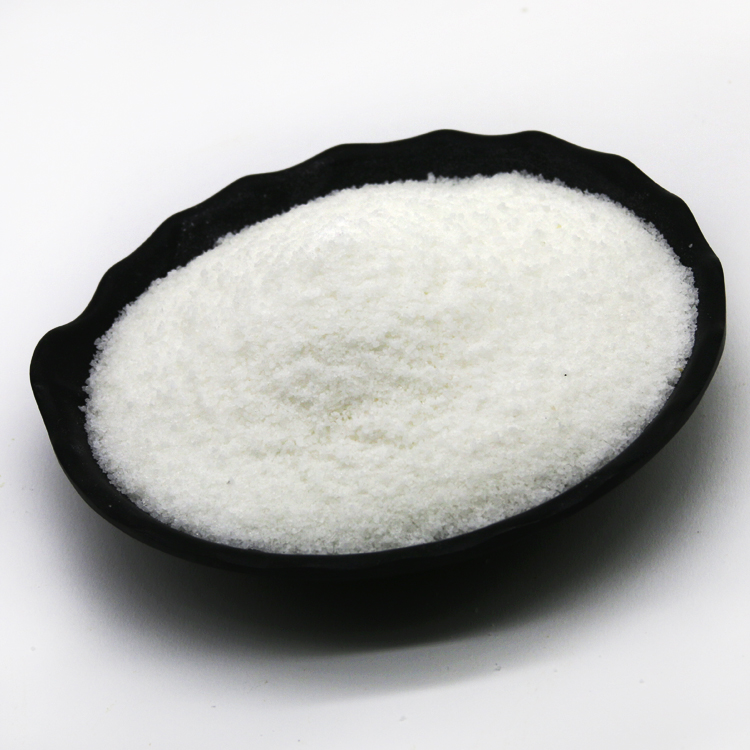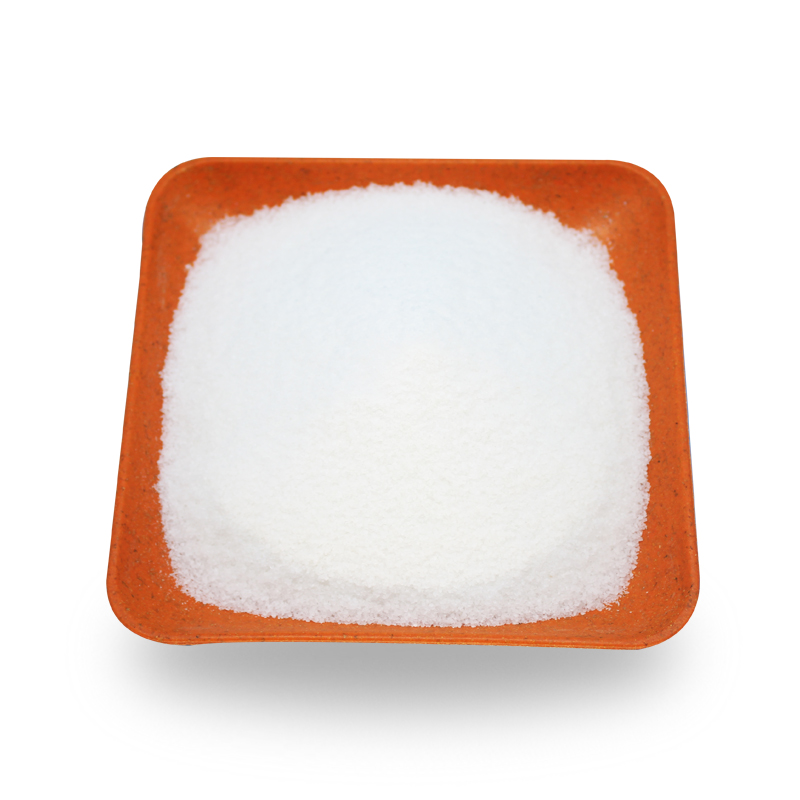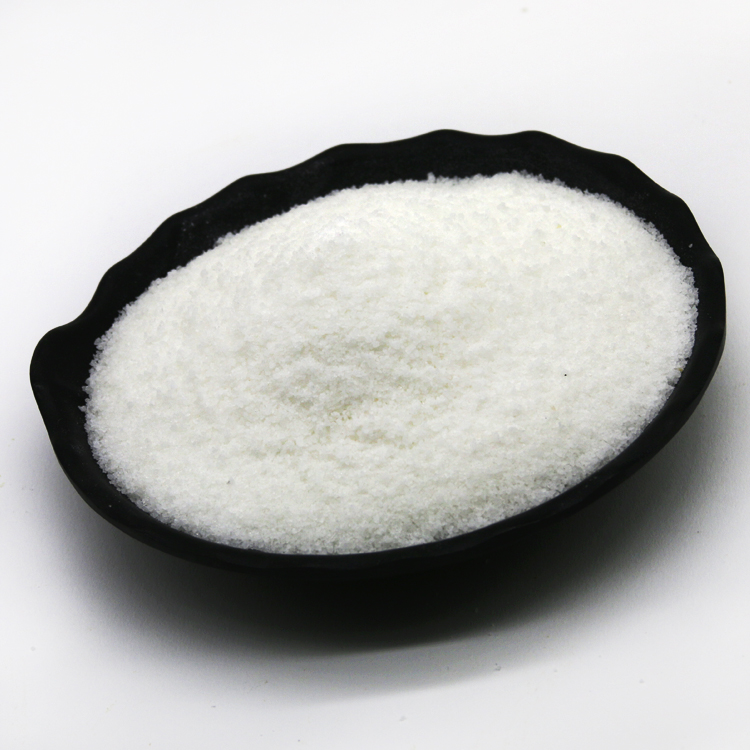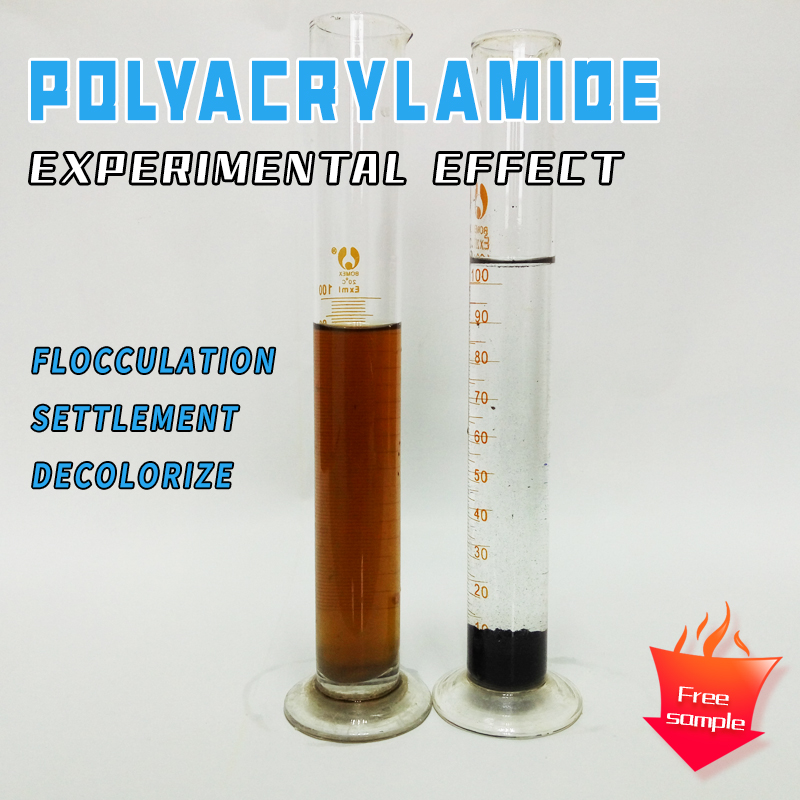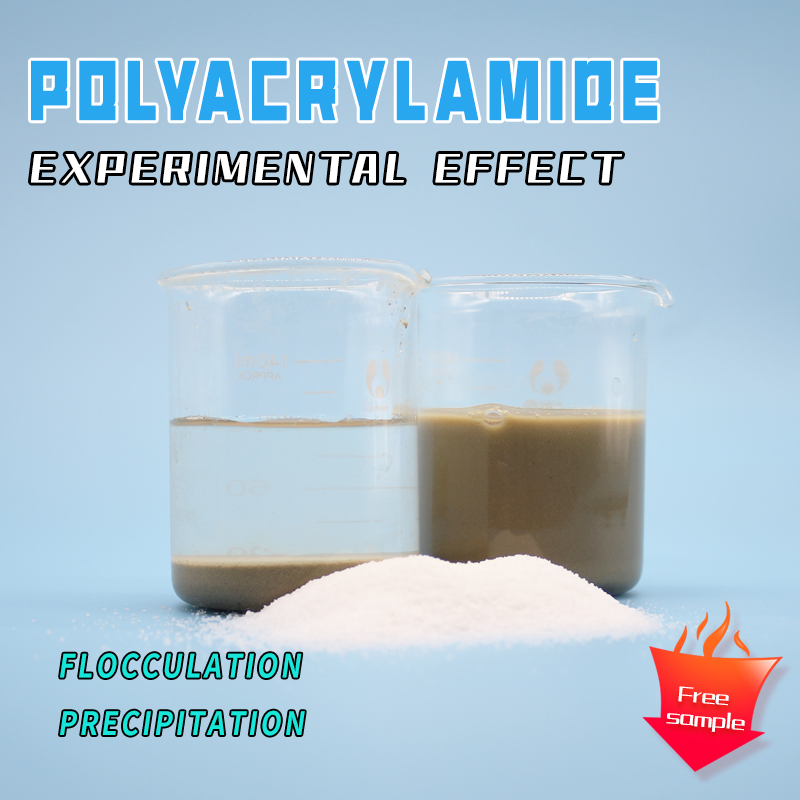What is activated carbon?
Activated carbon is a type of carbon material that has undergone special treatment. It has an extremely large specific surface area (up to 500-1500 square meters per gram, equivalent to the area of a football field to multiple basketball courts) and a highly developed pore structure. These tiny pores are like a dense "molecular trap", …

